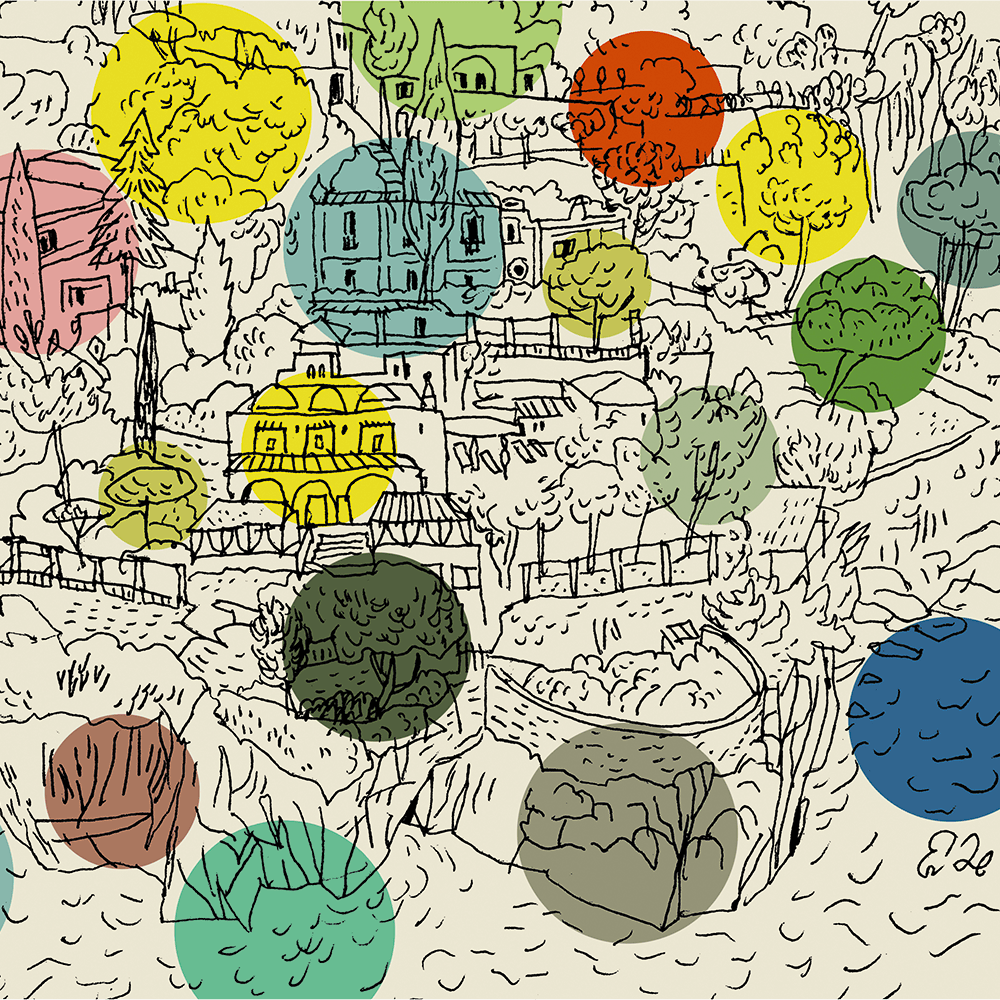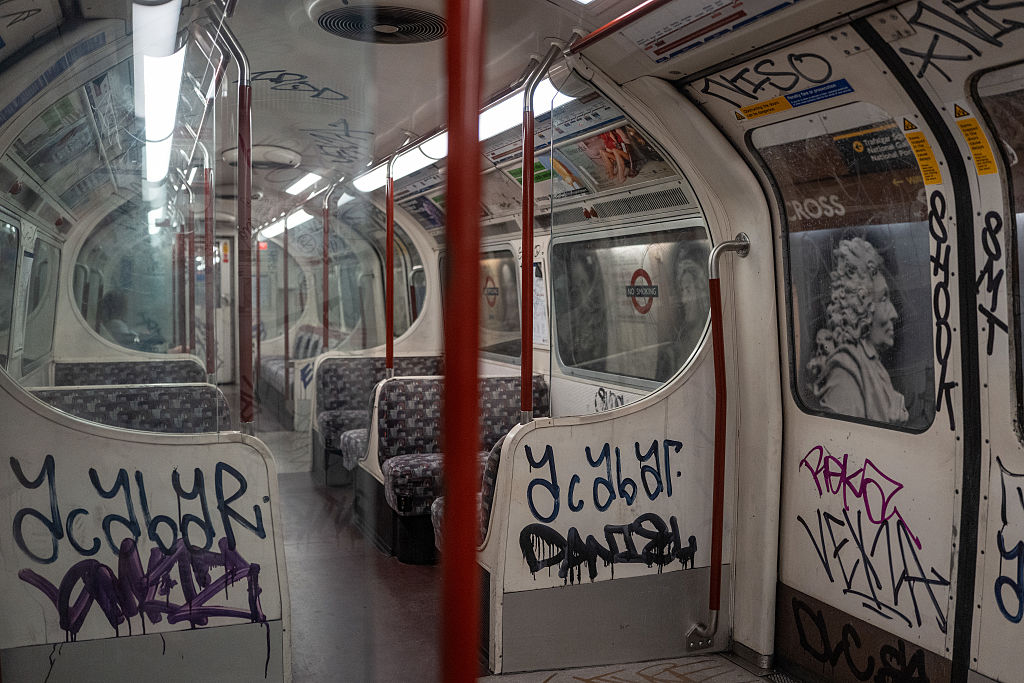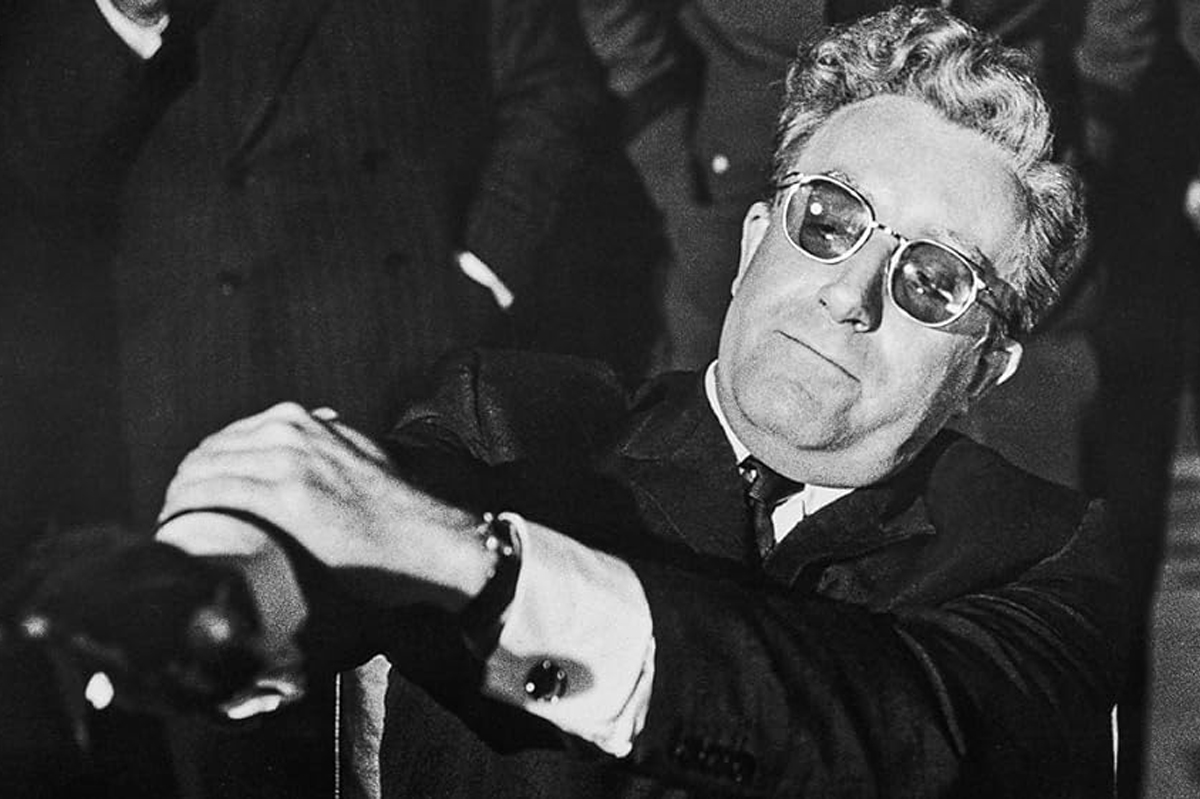If you say the name Franco Zeffirelli to anyone under about 40, you’re likely to be met with bemusement. Find any opera or film lover over that age, however, and you will be greeted with a warm exclamation – “Ah!” – followed by a recitation of the Italian director’s greatest achievements.
From his emergence in international culture in the 1960s with his seminal film of Romeo and Juliet to his legendary work on stage with such operatic titans as Maria Callas and Plácido Domingo, Zeffirelli became synonymous with tasteful, intelligent productions of the classics, all of which made him, for a time, the best-known cultural figure in Italy.
It is fair to say that Zeffirelli, who died in 2019, didn’t always get it right, personally or politically. As his career went on, some of his films tended towards the self-parodic and as a man, he seemed torn between his right-wing political instincts and his own sexuality. To further the former, he joined Silvio Berlusconi’s Forza Italia party and came out with reactionary, even shocking public statements on such subjects as abortion and, ironically, homosexuality; as regards the latter, a string of young, handsome actors who worked with the director have come forward since his death in 2019 to testify to his distinctly hands-on working process.
Still, while one would never wish to whitewash Zeffirelli’s actions, there is no doubt that he was a man of exquisite taste, which he extended into both his work and his private residence, Villa Treville, just outside Positano on Italy’s Amalfi Coast. When Zeffirelli’s biographer David Sweetman was summoned to meet the great man there, it was an inauspicious journey. “It took hours. The taxi bill was unreal, but eventually we arrived at the top of this little winding road. And there was just a gate, and I had to go down all these bloody stairs to the villa.”
However, the destination soon justified the expense and effort. “Eventually, some ancient servant let me in, and I was shown on to this opera set. I’ve never seen anything like it. It seemed, just possibly, the most beautiful place on Earth.”
Sweetman was not wrong. Zeffirelli lived at Villa Treville for more than 40 years, during which time he saw Positano change from an obscure fishing village and occasional haunt of the glitterati into one of the world’s most celebrated destinations for cultured A-listers. He did more than his share to bring in international icons, musing on his guests as he sold his home in 2007: “Leonard Bernstein, Laurence Olivier, Maria Callas, Elizabeth Taylor – it sounds like a legend, doesn’t it?”
Now, a decade and a half since it first changed from being a private home of legendary status to what is surely even this ultra-exclusive area’s most impressive boutique hotel Villa Treville is keen both to honor its past and, in particular, its legendary owner, but also to look to the future. Other five-star options are available, in an area filled with opulent accommodations, but none has quite this level of cachet or history.
The hotel is reached via private transfer from Naples, which takes about an hour and a half. The last part of the journey is comfortably the most spectacular, as the car must negotiate the narrow roads hugging the Lattari Mountains, and peerless views of the Amalfi Coast are on offer to the enraptured passengers: assuming, of course, that the winding, vertiginous journey has not led to carsickness. Yet upon arrival, earthly cares and worries slip away in moments. Not for Villa Treville some grand, attention-seeking entrance. Instead, the car suddenly turns off through a discreet private gate and you walk down a small track into the reception, where the views – the peerless views – of glittering blue sea and the houses of Positano alike are enough to make even the most jaded and weary of travelers pause, slack-jawed in admiration.
Wandering round Villa Treville is an education both in aesthetics and in history. While the hotel has been carefully and sympathetically expanded from Zeffirelli’s day – it now comprises six houses, rather than the three (or tre ville) that it originally consisted of when the director lived here – it retains his sense of chutzpah and style in every well-furnished nook and cranny. There have, inevitably, been a few nods to the present day, with a useful lift connecting the various floors and, of course, wifi, along with the usual conveniences of a five-star hotel, but what is so refreshing about Villa Treville is that it has been kept as close to Zeffirelli’s own lifestyle and taste as possible.
To this end, the director’s books, personal possessions and objets d’art are festooned around the hotel, along with countless photographs of him and his famous friends. If you’re an opera lover, you’ll be delighted to find Zeffirelli’s original sketches for many of the set designs of the shows that he staged at the Met, the Royal Opera House and beyond. But this sense of the impresario just having popped out for a few moments extends far beyond simple décor. At breakfast in the appropriately named Maestro’s restaurant, for instance, guests are encouraged to walk into what was Zeffirelli’s kitchen to choose from a comprehensive and generous buffet selection of fresh fruit, locally sourced cheeses and deliciously decadent cakes and pastries, all of which are accompanied by a wider selection of eggs and pancakes from the à la carte menu.
The views are peerless, the food sublime; it’s enough to make you want to stay here forever. Zeffirelli was nothing if not well-connected: many of the suites bear the names of some of the famous guests at Villa Treville. Many of them have individual quirks that extend far beyond decorative decisions. The Bernstein suite, named after the composer, conductor and regular visitor Leonard Bernstein, contains a shower in the form of a converted bread oven and an outdoor bathtub in its tropical garden, just as the largest and most lavish suite, named after Zeffirelli himself, has been kept largely as it was when it was his bedroom.
Yet even the humbler accommodations, junior suites named after operas he staged such as Tosca and Carmen, still feature whitewashed tiles on the floors, walk-in showers, wonderfully large and comfortable beds and, of course, those breathtaking views, which manage to enrapture even the most seen-it-all of travelers whether by day or night.
The whole point of coming to the hotel is to relax and unwind, rather than embark on a hectic program of activities. Which is not to say that there aren’t plenty of things on offer to entertain you. Peerless treatments, complete with Barbara Sturm cosmetics, are conducted in the La Traviata spa, which itself is housed in a greenhouse rescued from one of Zeffirelli’s opera productions. It’s as peaceful and tranquil a place to unwind as you can imagine.
Then, if you wish to pep things up a bit, slide over to the all-white, appropriately named Bianca Bar, and admire the Moorish decor (again, another Zeffirelli holdover) while sipping one of the beautifully made and deceptively strong cocktails. Whether you fancy a classic espresso martini, a negroni or a twist on an old favorite, there will be something palate-cleansing on offer for a pre-prandial.
One of the joys of Villa Treville – and presumably the reason why it pays host to A-list celebrities who have recently included Madonna and Jennifer Lopez – is that it sticks firmly to a policy of complete discretion. The only people who are welcome here are guests of the hotel, meaning that dinner at Maestro’s, which is usually held outside on the terrace, is a relaxed and relatively informal affair. Chef Vincenzo Castaldo specializes in the pasta dishes of your dreams – if you want to see how they’re made, private cookery classes can be arranged, along with everything from ceramics decoration to cocktail masterclasses – and they’re served up along with a selection of pescetarian-heavy dishes, accompanied by a finely chosen variety of local Italian wines.
Yet even here, the maxim is one of pleasing the guests. I remarked in passing how much I’d love an oyster; a few moments later, a pair of beautifully dressed specimens, complete with apple granita, appeared before me, as if by magic. And magic, in its various forms, is what’s to be found in this most blissfully sybaritic corner of the Amalfi Coast. There is something otherworldly about Villa Treville, which clings to the side of the mountain like an especially opulent barnacle. Immersing oneself in this lifestyle for a few days is as enjoyable an experience as it’s possible to imagine.
Zeffirelli once remarked that, “Now I could start creating my dream world out of the three villas.” Entering into his dream is opulent, extravagant and unique. Just like its famous creator, then.
From €830 ($950) per night. For more information, visit: www.villatreville.com.
This article was originally published in The Spectator’s November 24, 2025 World edition.























Leave a Reply